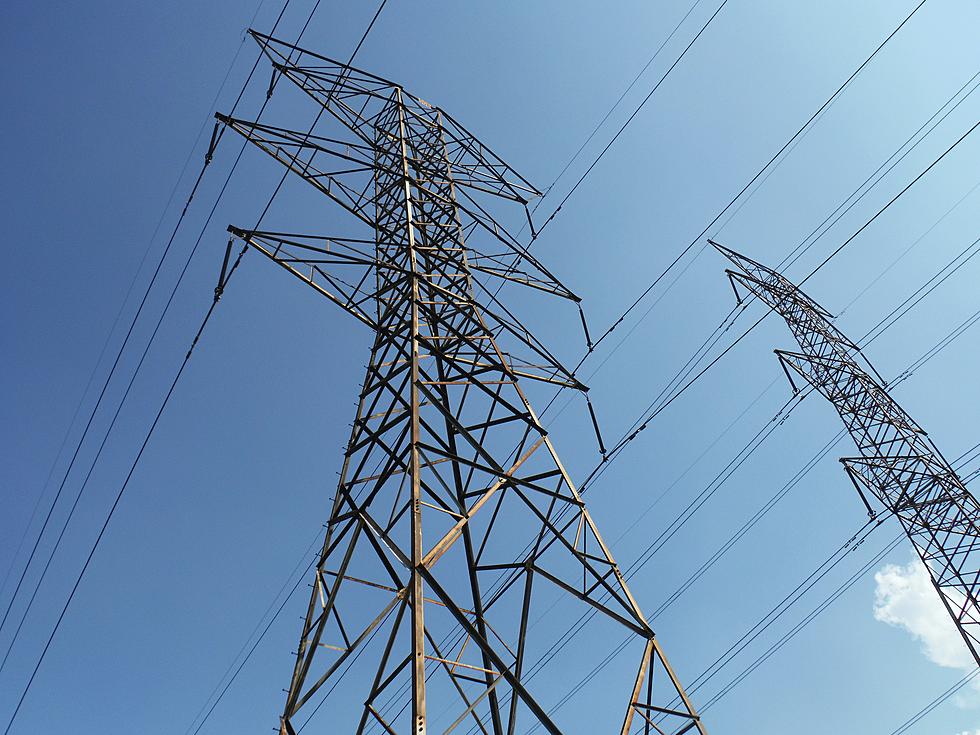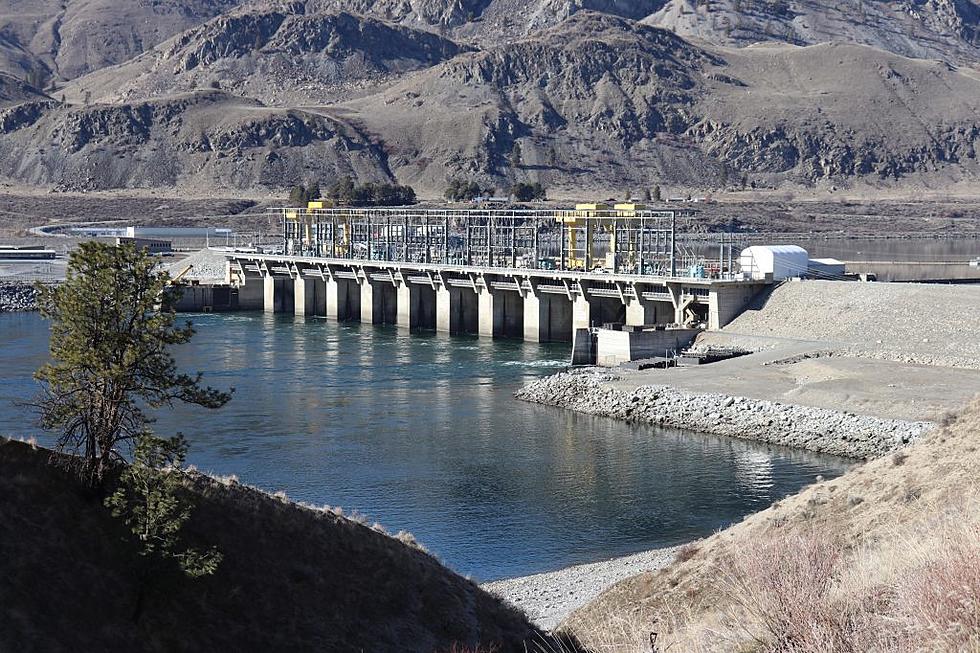
Douglas County PUD Looking to Advance Rate Increase On Non-diverse Loads
The Douglas County PUD is proposing a rate adjustment that would primarily affect large-scale crypto operations and data centers.
Significant load increases, an anticipated decrease in supply on the market, and the need to pour hundreds of millions of dollars into Wells Dam are the utility's reasons for the move.
The proposed rate adjustments would see those in the top tiers of Schedule 1 (think McDonald's or a school) receiving a 3% increase to start, with a 3% increase every following year through 2024.
Data centers would experience at 10% increase at the beginning, with a 5% increase every six months through 2024.
Contracted cryptocurrency miners would see the largest rate hikes. A 20% jump would occur right off the bat, with a 10% increase every six months through 2024. Contracted cryptocurrency miners are not considered the same as residential crypto operations.
After compounding, those customers in the top tiers of Schedule 1 would experience a 16% rise in cost at the end of the five-year schedule. Data centers would increase by an effective rate of 71%, while contracted cyptocurreny miners would see an effective rate increase of 183%.
Most residential customers, and other customers that find themselves in the bottom tier of Schedule 1, would see their rates jump by a relatively minimal amount.
"We predicted that the residential customers, at least in the first year, would see about a 39 to 40 cent increase per month." Douglas PUD General Manager Gary Ivory said, "So very little impact to the residential customer."
This comes at a time when customers and port officials have complained that the utility's process for rolling out the proposed rates have been less than transparent. The proposed rate adjustments were not provided to the public until Friday, December 6th, with the corresponding public meeting scheduled for Monday, December 9th.
"This has been an open process for a long time." added Ivory, "I know that folks feel like this was kind of sprung on them last minute, but from our perspective we've been working on this for a long time. But we have heard their concerns. They feel like the rates have come out a little too quickly, so we've agreed not to act on those rates until we've heard from the public."
The next public meeting is scheduled for December 23rd, and two more can be expected in January.
Load increases
Energy demand in Douglas County has more than doubled in the last twenty years.
From the year 2000 to 2010, the electrical load increased from 60 to 80 megawatts. In the last ten years, that load has jumped to 140 megawatts.
In just the last year, the load increase was roughly 20%, which Ivory described as "unsustainable".
About 37% of the energy supplied to Douglas County PUD customers goes to residential customers. Traditional commercial businesses account for about 22% of the county's demand, while irrigation is responsible for roughly 4%.
The PUD's 26 contracted cryptocurrency mining customers use almost the same amount of power as the entirety of the county's traditional commercial businesses, about 21% of demand.
Douglas county's two data centers, Actapio and the Sabey Corp, are responsible for 15% of the county's demand.
Douglas PUD anticipates more growth in demand in the coming years, meaning resource deficiencies in some months of the year.
That, in turn, will result in the utility being forced to buy power on the market. While the PUD can produce their own power at around $15 a megawatt, the current market price is between $31 and $38 per megawatt.
Thanks to the Clean Energy Transformation Act (CETA), signed into law by Gov. Jay Inslee in May of this year, those market rates will unavoidably rise.
Supply decreases
CETA commits Washington to an energy supply free of greenhouse gas emissions by 2045. The law achieves this by eliminating coal plants and restricting natural gas production in the state to its current facilities.
While the reduction of fossil fuels for energy production makes Douglas County PUD's surplus hydropower more valuable, it becomes a nightmare if the PUD is forced to buy power on the market if supply can't reach demand.
Douglas County PUD can only purchase renewable energy on the market. As other utilities within the state switch to renewable energy, and the supply of energy from carbon-emitting power plants is lost, supply will reduce while demand increases, causing the price of renewable energy on the market to rise by an undetermined, and most likely significant, amount.
Douglas PUD customers would then inevitably see a rise in their energy costs.
Wells Dam project
The utility is also dealing with it Wells Dam project.
Wells Dam has significant deficiencies in the two earthen embankments east and west of the dam.
The deficiencies are so great on the eastern embankment that Douglas PUD estimates it will take $500 million in upgrades. The western side will also require repair, though it's thought the work will not need to be nearly as extensive as the eastern side.
A rate schedule adjustment could therefore also be seen as a means of funding the Wells Dam project, and the continued long-term viability of the utility.
Douglas County PUD's next public meeting is scheduled for December 23rd at 1:3o pm at 1151 Valley Mall Parkway in East Wenatchee.
More From NewsRadio 560 KPQ









